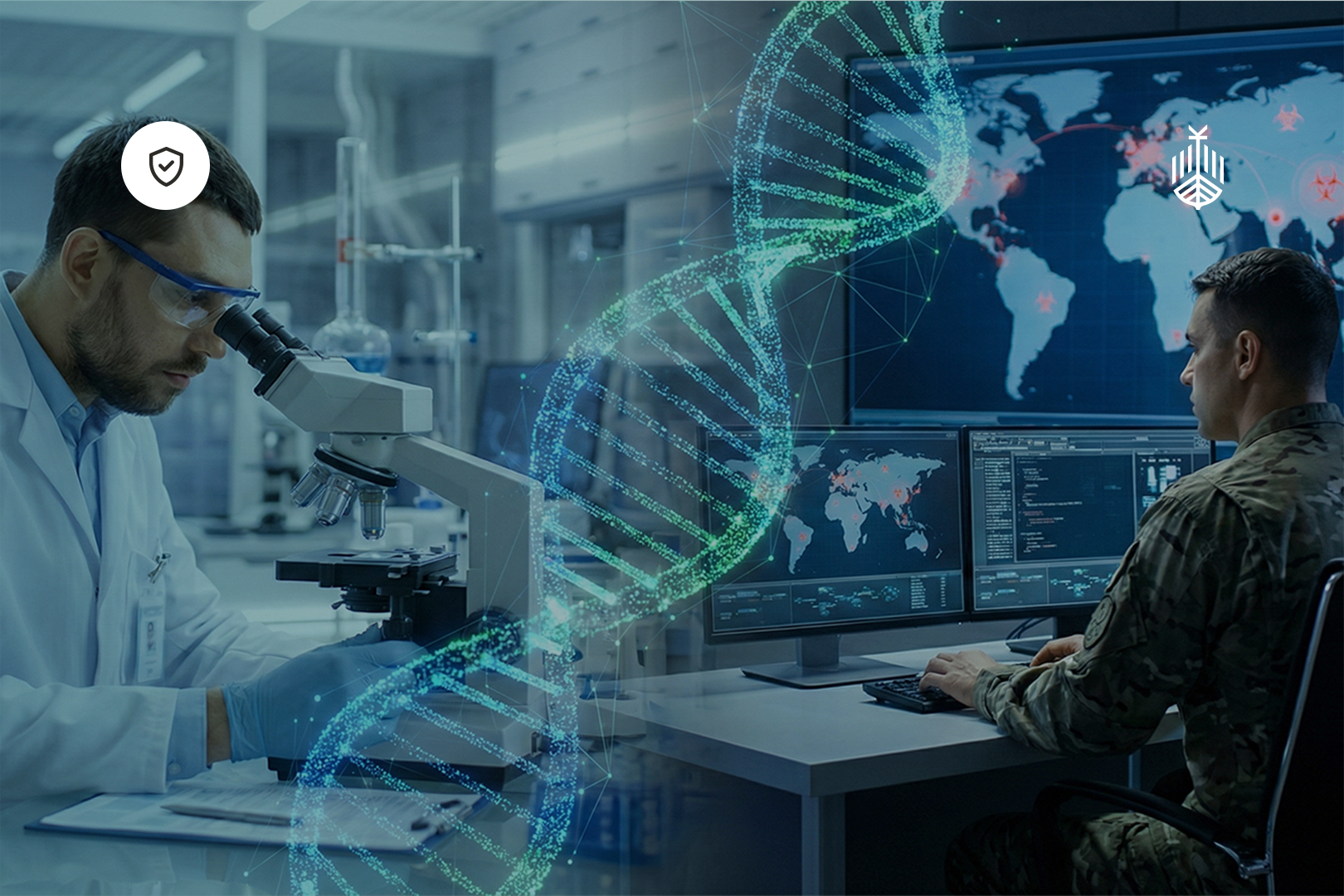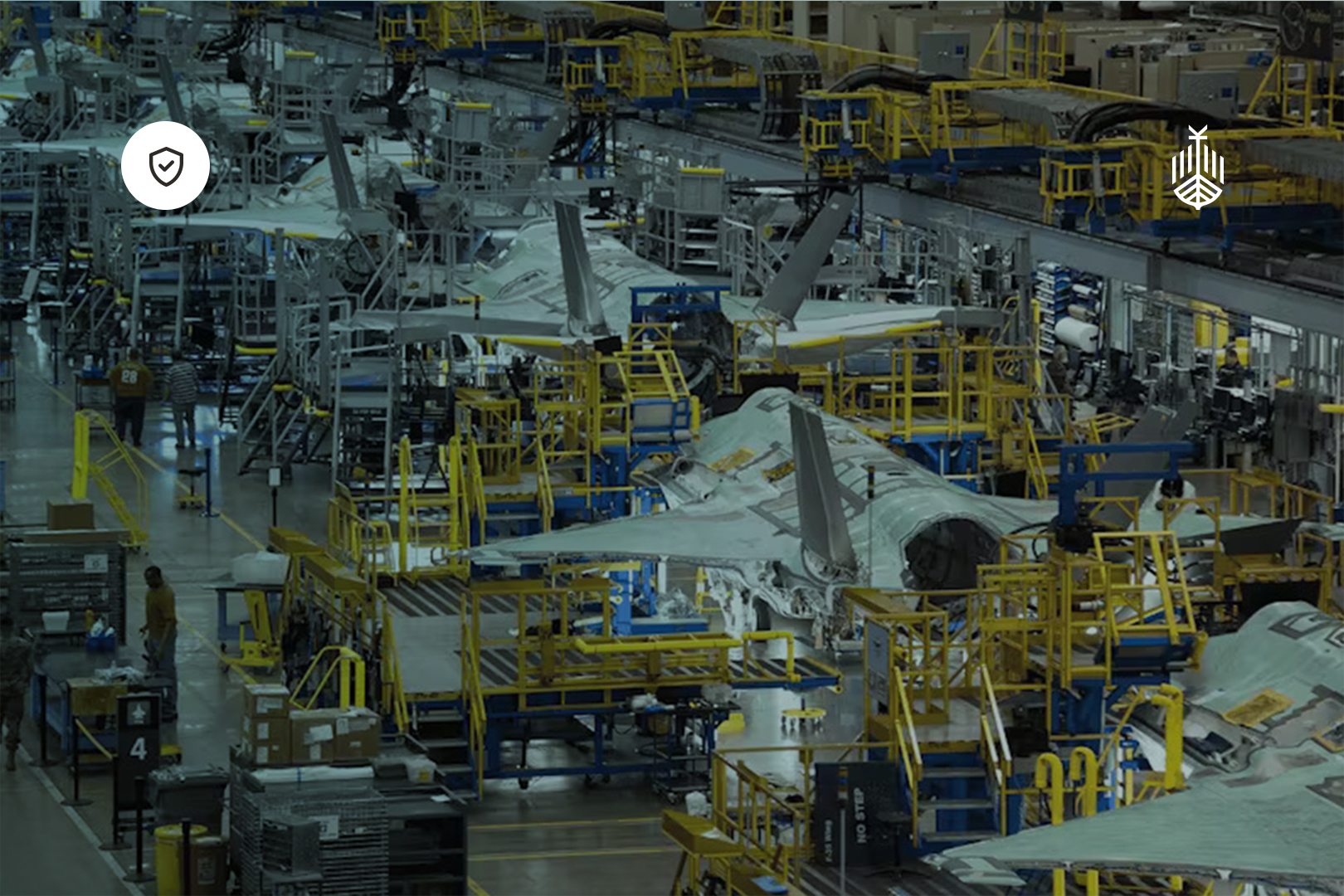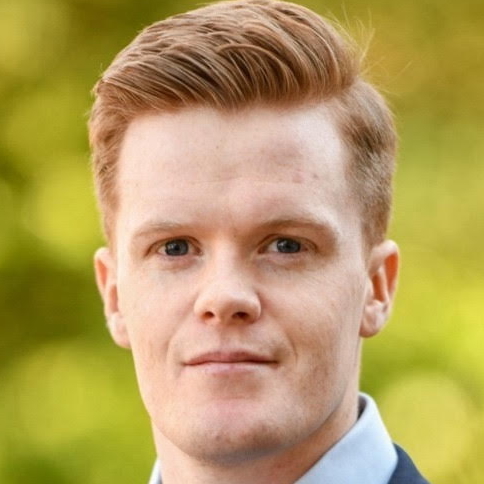Introduction
In an era marked by evolving security threats and the relentless pursuit of technological supremacy through adoption of novel deep tech ventures, the convergence of quantum science and military applications stands as a pivotal juncture in the defence landscape.
Traditionally, it would be expected that the defence sector would be considered early adopters of new technology trends, in this case, so-called Quantum 2.0 technology (defined as technology that utilises and exploits nuances of quantum mechanics). However, at the higher rate of adoption and funding in the commercial sector, there is a risk that Government and the defence end-user can be left behind, which is a huge risk to the domain, and furthermore risks other nations accelerating in the sector.
In this article, we delve into the groundbreaking realm of quantum sensing, a transformative technology poised to revolutionize situational awareness within defence and military operations. As we embark on this exploration, we uncover the promise of quantum sensing—a realm where precision, sensitivity, and detection capabilities reach unprecedented heights, ushering in a new era of sensing modalities as well as sensor overmatch. We aim to shed some light on the mysteries of quantum technology, explore the defence application space and highlight the importance of defence end-user engagement to support the complex systems engineering and systems integration of these truly disruptive technology drivers.
The Evolution of Military Situational Awareness
Before delving into quantum sensing, it's essential to understand the significance of situational awareness in defence and military operations. Historically, effective situational awareness has been the cornerstone of military success, offering the ability to comprehend the environment, anticipate threats, and respond decisively. Traditionally, this awareness was decentralised utilising radar systems, satellite imagery and other modalities such as IR. More recently, with enhanced computational power and multiple sensors available, there is a growing trend of an inter-connected battlefield which fuses sensor data through various platforms and relies on a critical comms infrastructure. Which can be prone to jamming or loss of coverage.
However, the emergence of quantum sensing promises to elevate situational awareness to unprecedented levels. As we consider the evolution of situational awareness, it becomes evident that the contemporary threat landscape is characterized by complexities that demand advanced solutions. Traditional sensors, while valuable, often face limitations in terms of accuracy, sensitivity, and range. Quantum sensing, however, promises to provide new capability, and more importantly resilient capability, for example in the domain of robust PNT using cold atom- based systems for navigations which reduces reliance on GPS.
Quantum Sensing Fundamentals
To grasp the transformative potential of quantum sensing, it’s important to comprehend its underlying principles. At its core, quantum sensing harnesses the unique properties of quantum mechanics, particularly superposition and entanglement. Whilst these concepts can be discussed in detail and are in many other sources such as GQI’s Sensing Outlook Report, the take home point is utilising various aspects of quantum mechanics, it is possible to gain an advantage. But this is not without risk, in the adoption of new technologies that require specialist systems engineering to create a robust system that is deployable in military environments spanning land, sea, air and space.
There are several technology paradigms that enable quantum sensing, and can be summarised as:
Superconducting circuits
Superconducting circuits for sensing applications are generally thought of as superconducting quantum interference devices (SQUIDs). Somewhat limited by their reliance on cryogenic cooling, these devices are already established as the basis of today’s most sensitive magnetometers.
SQUIDs are often overlooked as quantum sensors as their development pre-dates the term, but they remain interesting. They are also a pioneering case example of how quantum sensors can create entirely new advanced applications, such as magnetoencephalography (MEG).
Atoms and ions
Atoms and ions offer a wide range of possibilities to form quantum systems for sensing applications. Atoms can be contained in an atomic vapor cell or magneto-optical trap (MOT); ions in a RF trap. Quantum sensors based on atomic vapor cells are already in commercial use in compact atomic clocks and optically pumped magnetometers (OPMs). MOTs and RF traps are set to compete with atomic vapor cells in these applications and in forming a new generation of wideband RF sensors based on so-called Rydberg states.
A critical technology enabler for sensing and comms is based on time-keeping and clocks. At it’s core, GPS will not work without sensitive clocks, and the quest to create better clocks illustrates the opportunities unlocked when components are miniaturized and ruggedized for deployment outside of the lab. Clocks also illustrate the interplay of quantum sensing with the reference standards of modern metrology and the subtle advantages this can bring in avoiding the need for external calibration. Superior clocks, specifically optical clocks have the promise to improve GPS sensitivity, but also when merged with other quantum technology domains can provide new navigation modalities which may reduce the reliance on external GPS allowing platforms to navigate without the concerns of GPS denied environments.
Additionally, MOTs are enabling a completely new form of sensing based on atom interferometry, with particular promise for sensing gravity and acceleration.
NV diamonds
NV diamonds highlight that quantum sensors offer new trade-offs in performance vs environment. Their development is a great example of how advances in material science and fabrication techniques can underpin a whole new generation of sensors. Which could have impact in the RF world through the generation of ultra-stable RF oscillators for Radar applications.
Photonics
Photonics is already a large and diverse technology segment. Established sensing categories range from basic process control to high performance ring laser gyroscopes and LiDAR systems. Conventional photonics is now being augmented by techniques from quantum photonics. These allow us to work with single photons offering enhanced sensitivity and more powerful resolution for time-of-flight applications. In more advanced applications we can expect in future to work with entangled photons and unique ‘squeezed’ states of light. These offer a route to further fundamental improvements in signal discrimination and sensitivity.
Photonics is of central importance, not just as a sensing platform, but also because of the ubiquitous role it plays in the control and readout of other quantum systems, and the prospects it offers for coherent quantum networking.
Quantum Sensing Applications in Defence
The applicability of quantum sensing in defence and military operations is extensive, but also not without challenge. Quantum sensors promise to enhance detection and tracking across various domains, from the identification of stealthy submarines to the early warning of ballistic missile launches. Furthermore, they offer significant advantages in the realms of navigation, communication, and cybersecurity.
In the field of navigation, quantum gyroscopes and accelerometers provide ultra-precise measurements, allowing for improved guidance systems in GPS-denied environments.
In the area of field deployable medical technology, Optically Pumped Magnetometers (OPM) pose an interesting alternative to cryogenic MEG systems such as MRI’s. The idea of a field deployable, wearable MRI system has some interesting implications for front line head injury assessment.
Another area of particular interest in the US (ARL) is in RF sensing, there is work ongoing in the area so-called Rydberg atoms for the generation of ultra-wide bandwidth RF sensors. As part of this, BAE and Infleqtion have been targeting the development of a 1cm3 sensor able to sense signals from 10MHz to 40Ghz. Infleqtions’s Maxwell RF sensor platform was successfully showcased in 2022 with sensitivity of 10 nV/cm/√Hz in SHF band.
One technology area that is also promised to provide a disruptive impact in sensing is that of gravity sensing (both absolute and gravity gradiometry). Utilising cold-atom systems, it is possible to detect changes in the gravity gradient which allows sensors to detect voids. In the defence space this is being investigated to detect pockets of air underwater which could have impact in submarine detection, but also the detection of IEDs and tunnels underground. This technology is being developed through various projects globally and requires further engagement from defence customers to ensure that they are engineered and optimised for the sensor deployment platform.
Overcoming Technological Challenges
While the potential of quantum sensing is promising, it's essential to acknowledge the challenges that must be surmounted for its widespread adoption. These challenges include temperature sensitivity, noise, and the need for a secure and understood quantum component supply chain. Researchers and defence agencies are actively working to address these hurdles to ensure the practical viability of quantum sensing technology. It is hugely important that these technology providers and defence customers engage to discover the broad range of use cases. The defence landscape is complex, and sensors can be deployed on many platform types.
In the example of atomic clocks for timekeeping, the engineering requirements in terms of SWAP-C may differ if the sensor is deployed on a fast jet like platform, space platform, land-based radar installation or submarine.
In each of these cases, careful consideration needs to be taken to ensure the relevant systems engineering is done to gain the highest advantage whilst also keeping the sensors generalised for each use case.
Conclusion
The advent of quantum sensing technology represents a watershed moment in the realm of military situational awareness. It holds the potential to revolutionize how we detect and respond to threats, enhancing the security of nations and military forces worldwide. However, this transformative journey is not without its challenges and ethical considerations.
As we navigate this uncharted territory, it is crucial for governments, researchers, and policymakers to work collaboratively to harness the full potential of quantum sensing, and particularly ensure that defence customers and end-users are actively engaged in the domain to understand the capability as well as limitations of quantum sensing and ensure that suppliers understand the operational environment and requirements to deploy systems into the field.














